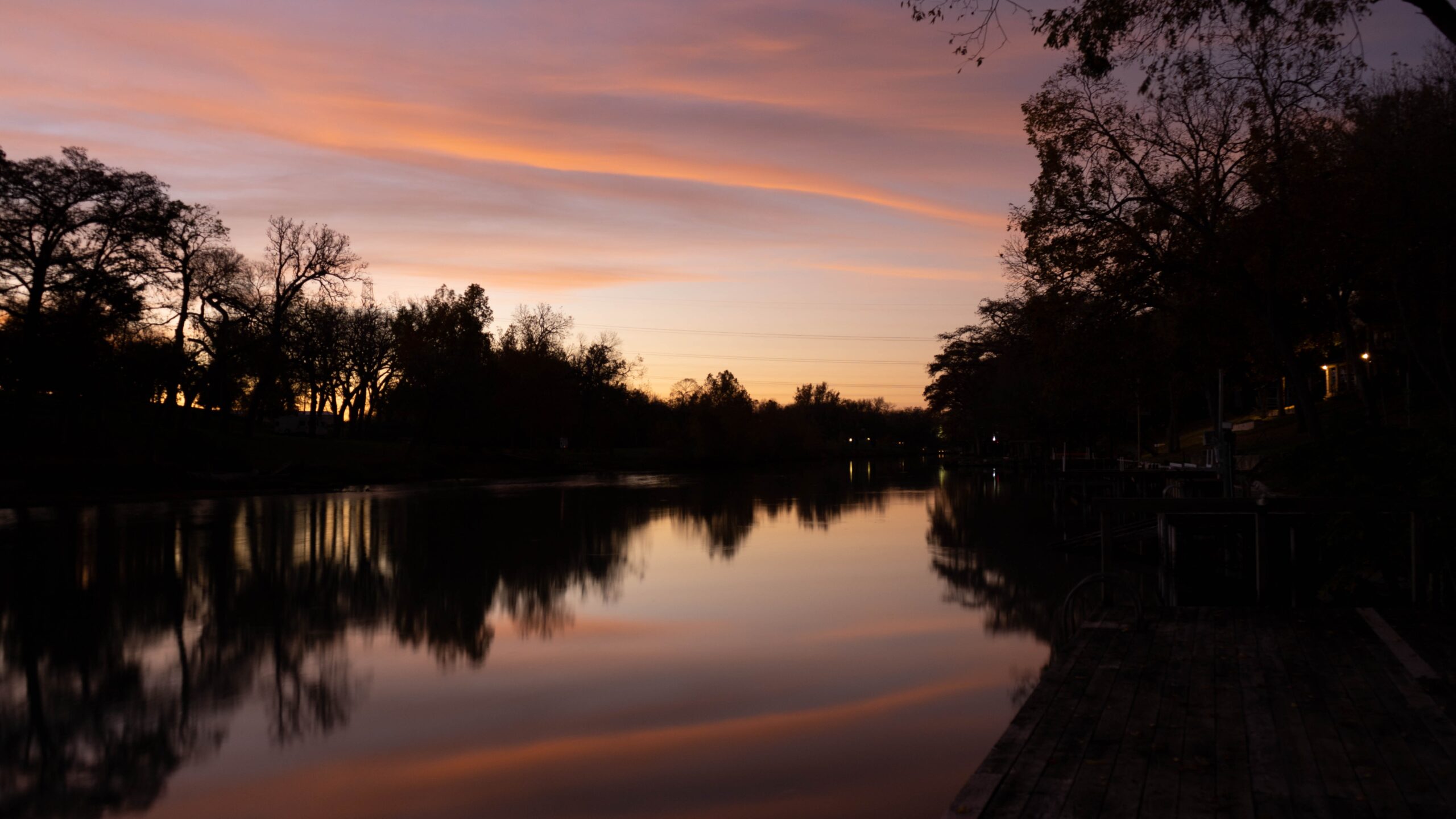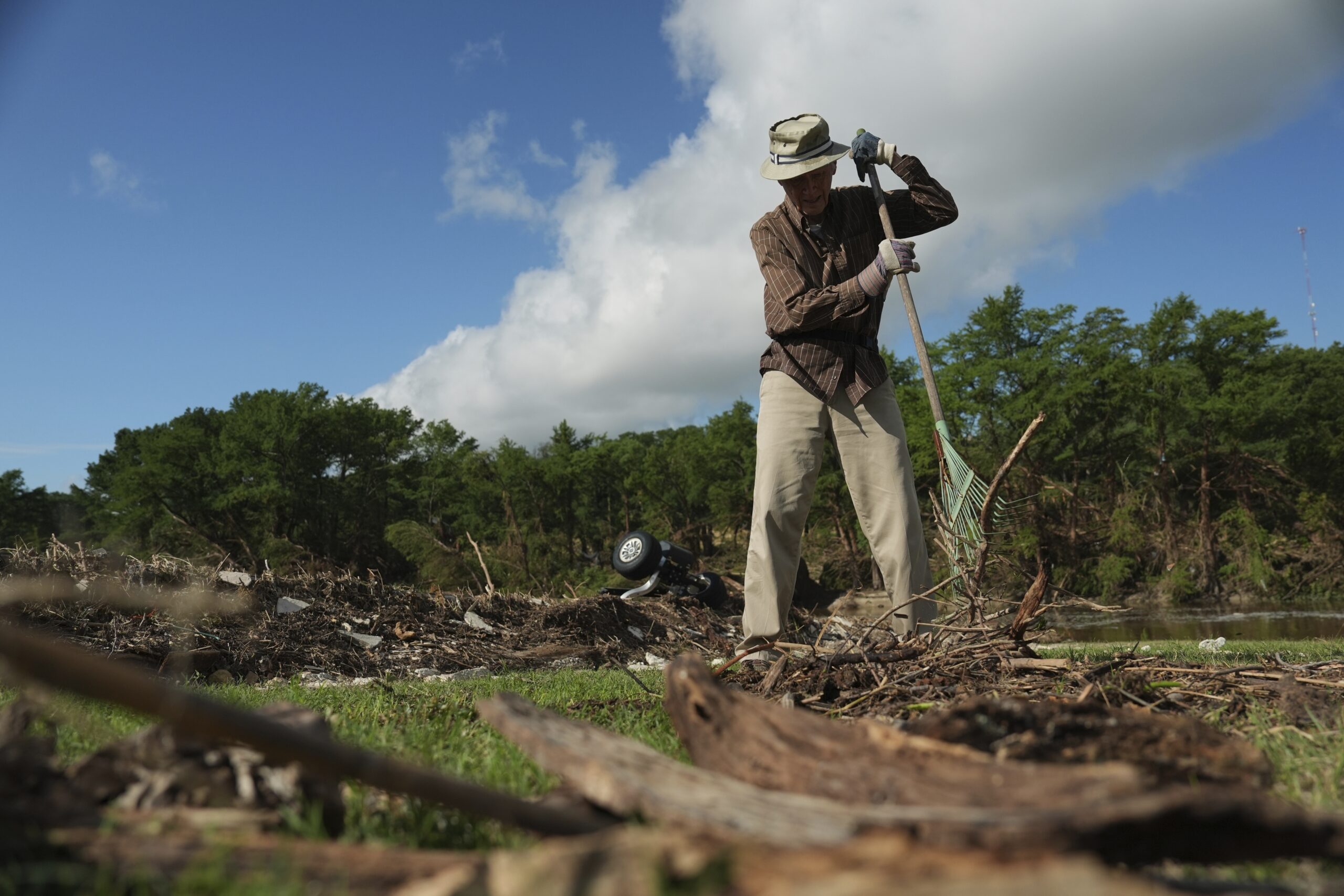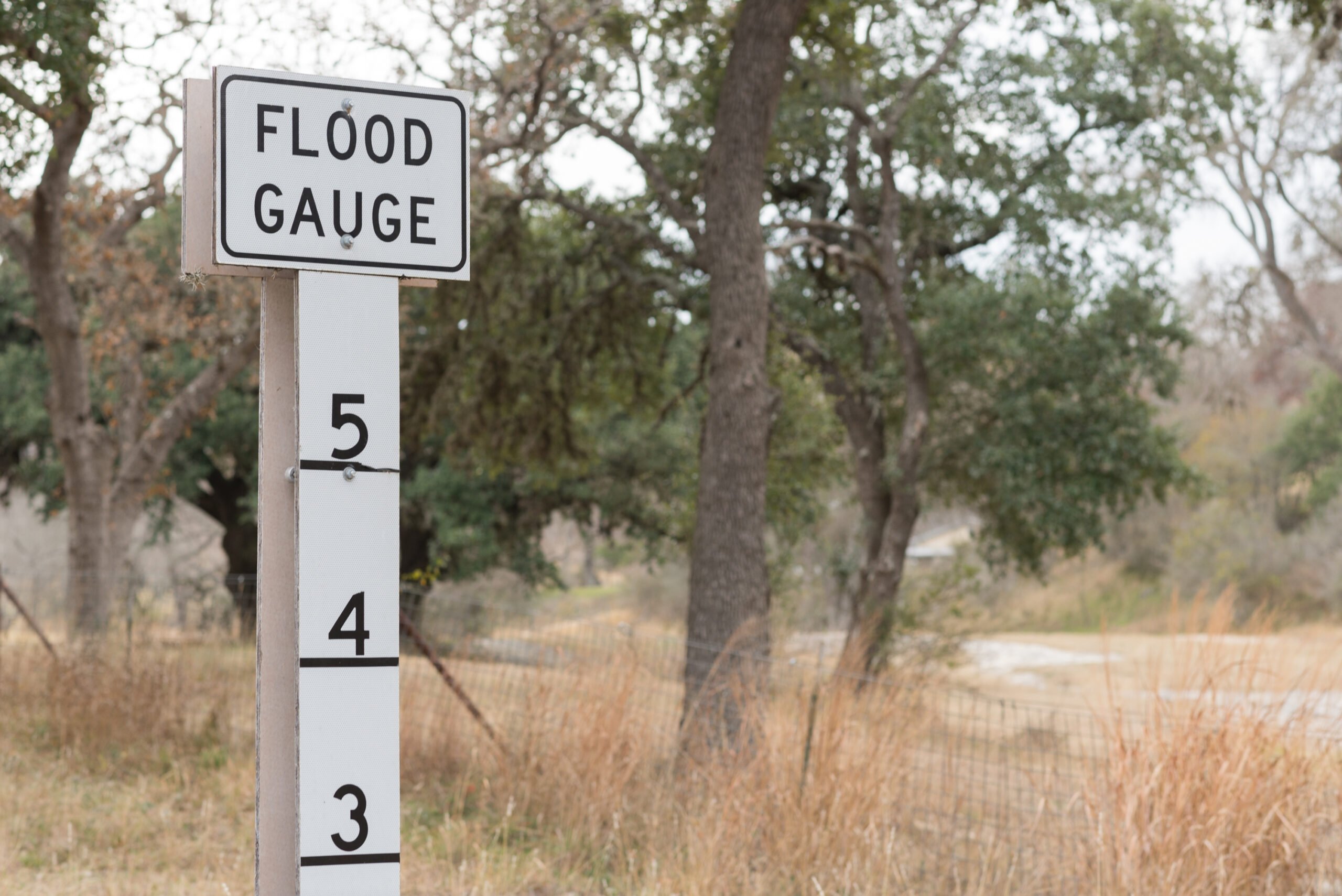Fiction Science
The Coming Global Superstorm
Talk radio’s most prominent personalities send a lot of us diving for the tuning knob each time we hear one start to rant. That leaves most of the other SUVs on the road permanently tuned in to Rush Limbaugh or the creepy “Dr.” Laura. What other choice is there? If your local talk radio stations have the same local “dittohead” programming that mimics the prime-time stuff, then you know how barren and desolate talk radio can be. When I occasionally manage to find a talk radio personality who is not a prominently wacko right-wing drive-time moralist, then I actually feel grateful for finding a scintilla of programming diversity. So what if it’s another talk radio skull farmer?
That’s why I for one will miss Art Bell, the geeky storyteller who has captivated huge late-night radio audiences nationwide since 1997, all without moralizing, sermonizing, or chastising his listeners. Just as Dr. Laura is set to add a television show to her already ubiquitous media presence, Bell has announced he is leaving the airwaves, effective April 26, due to family difficulties. On “Dreamland” and “Coast to Coast,” his nationally syndicated AM call-in talk shows, Bell peddles spiritualism, psychic phenomena, and other spooky topics to any and all lost souls (or prank callers) with a radio and a phone. And the weirdos and misfits respond, dialing up his Nevada studio outpost to confess their paranormal experiences – from UFOs, alien abductions, and Area 51, to out-of-body experiences – before an estimated six million listeners. There are more true believers among them than you might think, collectively supporting a cottage industry of paranormal publications, videos, and lecture circuits. Bell invites all of the prominent circuit performers to be guests on his own show, and few turn him down.
Theologically and financially, Art Bell’s circuit has some parallels with the culture industry of the religious talk radio programmers. The Bell crowd is also focused on the heavens – only slightly hipper, with its new age orientations. Unlike their religious right brethren on the radio, they tend to be politically inactive and naive. The Art Bell audience consolidates a formerly untapped media market, one that has grown substantially since the release of the Roswell alien dissection movie (and shrank only slightly when the Heaven’s Gate followers “left their containers”). Bell brings together fringe-oid guests and callers, who tell each other a grab bag of ghost stories. He is good at what he does, masterfully stringing together calls and guests into semicoherent programming sequences. Stylistically, he is the opposite of the shrill or smug voice commonly found on the AM dial in recent years. He is a charming, pleasant, modest, interesting, and considerate talk show host.
Bell calls his nightly efforts “speculative science,” and this turn of phrase also aptly describes his new publishing career. With all of the hot air blowing from talk radio, it might seem strange that Bell chose the next ice age as the topic of his new book, The Coming Global Superstorm. Beginning with a toehold in scientific fact, Bell quickly scales speculative heights in his chillingly silly description of conditions that could throw the Northern Hemisphere into a deep freeze in six months. The causal sequence goes like this: greenhouse emissions are raising the temperature of earth’s lower atmosphere, melting the Arctic icecaps. The ocean, meanwhile, gets warmer, as freshwater runoff weakens the tropical currents, and as tropical airflow is overcome by cold air from the high Arctic and the stratosphere. Cold fronts get colder and bigger and more sustained. But behind the cold snap isn’t your average blue norther. Balling up in the Arctic, superstorms will swoop down and blow away everything in their path, as they head south toward Dallas. That includes Tulsa, by the way.
Superstorm describes in detail the catastrophic violence of the vast ice storms that Bell believes could signal the start of the next ice age. He sprinkles his chapters with imaginary dramatic reenactments from the last ice age (complete with flash-frozen woolly mammoths) and the destruction of the industrialized world, city by city.
Towns and villages … cease to communicate. There is no way to reach them, given that land movement is impossible and nothing can fly. Satellites reveal no information about what is happening beneath the cloud cover, but the victims – some of them frozen so quickly that their dinners are still in their mouths – will not be found again for thousands of years. Like the mammoths who preceded them in the last storm, their remains will suggest to the future that something strange and terrible happened, but the memory of the cataclysm will have died with them.
Bell does not dwell on the science of global climate change, preferring instead the science fiction of fanciful doomsday scenarios. The science of meteorology (even if it could predict the weather) is not directly engaged at all. Like his radio show, his book offers no incentive to bother comparing theories or methodologies, much less discarding the conspiracies for the testable hypotheses. One is left with the sense that if Bell has a message, it is a moral message, one carrying a proscription for an end-times prophecy and a lifestyle solution to go with it. We can pull back from the brink of calamity, Bell tells us, not by changing our economic mode of production (or improving our I-Thou relationship) but by trading in our SUVs for the new Hondas powered by a little electric motor, and by buying a fuel cell or two for the home and office.
Speculating his way through twenty-three light chapters, Bell’s writing, like his radio show, is an extended exercise in speculative science. Unfortunately, speculative science – formerly known as science fiction – is sneaking into more and more mainstream media outlets and passing itself off as the real thing. Speculative science has come to characterize the bulk of non-political or apolitical talk radio, and spreads on the Internet like mold on agar. At least Art Bell, unlike many of his followers, is somewhat critical, reflective, and self-accounting. But his force of personality cannot overcome the absurdity of the show’s nightly subject matter, or that of his new book.
Worst of all, Bell picks the nutty Whitley Strieber, author of Confirmation: The Hard Evidence of Aliens Among Us, as a co-author. Lately, Strieber has published “Has NOAA Photographed a Giant UFO?” on his web site and has been floating other boffo trial balloons of his own, often linked to Art Bell’s home page. I suspect it was Strieber who wrote the chapters in Superstorm that manage to work the riddle of the Sphinx and the mystery of Yonaguni into the superstorm theory. I won’t bore you with these details, which make up a good portion of the book. They are best heard between breathless callers on Art Bell’s radio programs.
Instead, you might look to other recent books for a decent scientific discussion of climate change and the greenhouse effect. William K. Stevens, a science editor for The New York Times, published The Change in the Weather in 1999. His book examines the empirical evidence of hundreds of scientific studies of the causes and effects of climate change, and takes pains to be explicit about the assumptions that the greenhouse theory uses. Climate Change 1995: The Science of Climate Change and Climate Change 1995: Economic and Social Dimensions of Climate Change are companion books that address the interlocking, worldwide problems of economic underdevelopment, greenhouse emissions, and vulnerability to climate change. Finally, Ross Gelbspan’s The Heat is On provides the best summary of the fossil fuel industry’s smokescreen of disinformation about climate change.
Yet the timing couldn’t be better for another storybook about the end times and bad weather. With Y2K passé, and still no sign of Jesus, the world’s millenarians are now scrabbling for a first sign of the end of the world. Who will stop to pick up Superstorm? Will it be Bell’s new-age audience that also buys his radio musings about Atlantis? Or will it be the gloomier Christian millenarians, the New World Order paranoiacs, or black-helicopter haters? In any case, this book will likely persuade a few of each of them to hang on a little longer to the camping gear they bought in 1999 for New Year’s.
And what about the Texas weather forecast? I was happy to see that Art Bell thinks Texas will become a giant refugee camp for all the chilly Northerners fleeing destruction from a succession of superstorms, each half a continent wide. Bell has inspired me to do some scientific speculation of my own: maybe it will take a mass migration of refugees to change the political climate here, especially during a Shrub Administration.
Maybe not, but the weather has been a little weird lately. And in my trick knee I think I can feel a storm a-brewin’.
Patrick Burkart, Austin director for the Texas A.C.L.U., is a media and telecommunications researcher.


